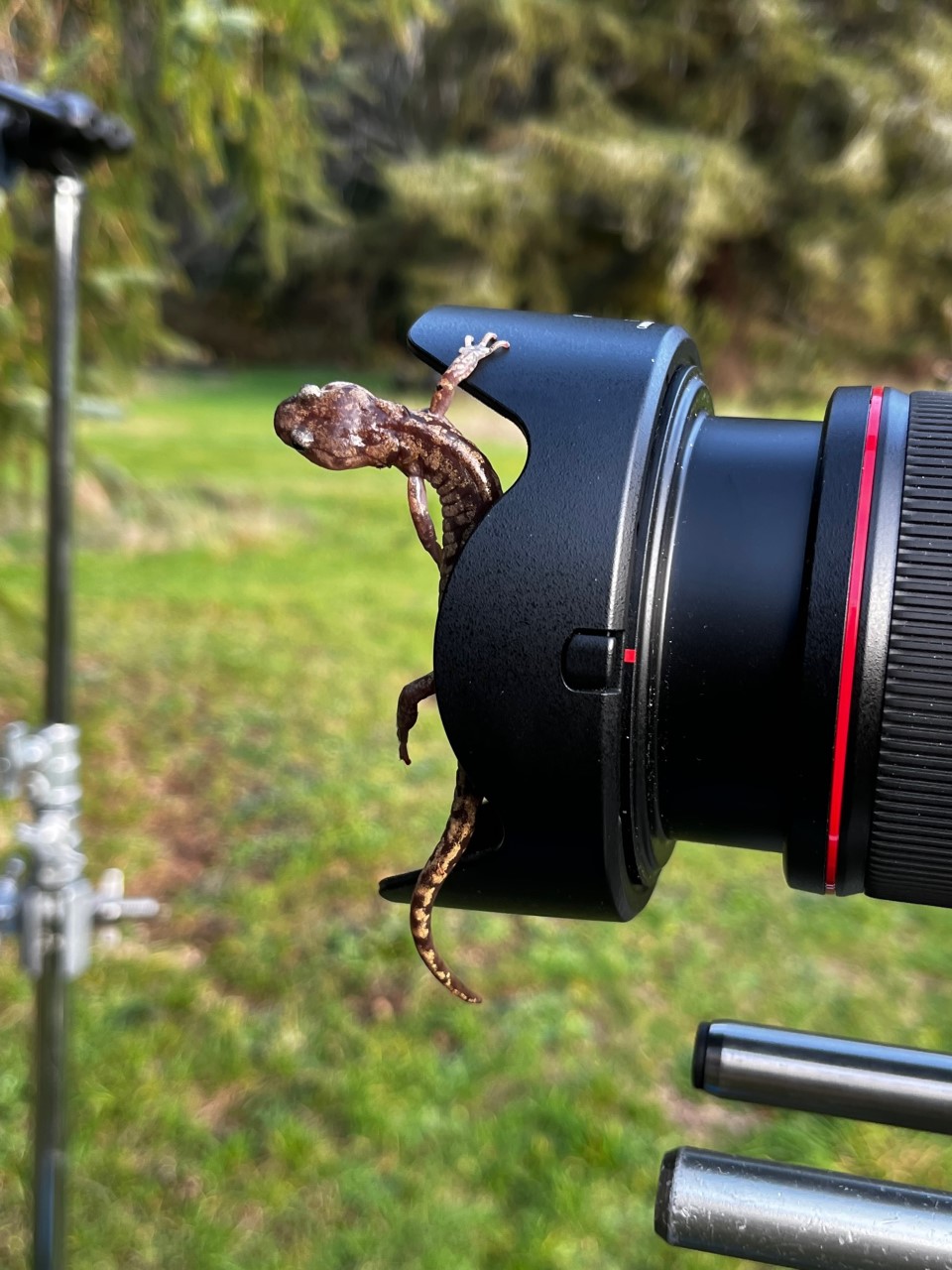The animal world has pretty much got every form of locomotion covered, from kangaroos that have a “fifth limb”, to corals that can inflate their body tissues and space-hopper themselves across the seafloor. While leaping through the trees might sound fun, take-off and landing require a certain level of precision (unless you’re a leiopelmatid frog) – and now new research reveals that the secrets to a perfect salamander landing are all in the toes.
ADVERTISEMENT GO AD FREE
Wandering salamanders (Aneides vagrans) spend much of their time in coastal redwood forests, sometimes as high as 88 meters (288 feet) up, and can conduct their entire life cycle without touching the ground. Despite their small size, they aren’t afraid to take a leap and regularly jump about the canopy with their limbs outstretched like a skydiver. They land and live on fern mats high up in the trees. When it comes to take-off and landing, research has revealed a special skill that allows the salamanders to fill, trap, and drain the blood in the tips of their square-ended toes. This helps them get the perfect take-off and stick the landing.
“If you’re climbing a redwood and have 18 toes gripping bark, being able to detach efficiently without damaging your toe tips makes a huge difference,” Christian Brown, lead author of the study and an integrative physiology and neuroscience postdoctoral researcher at Washington State University, said in a statement.
The square toe tips of these salamanders have fascinated researchers for years – not just for their unusual shape, but because the skin is semi-transparent, which allows the blood to be seen moving under the skin. Previously these “lakes of blood” were thought to possibly spread oxygen to the ends of the toes, but this was never proven.
To better explore what was happening, the team took a close-up look at stained toes under a microscope, as well as recording videos of living salamanders, to explore the blood-flow both on a horizontal surface and a vertically tilted one.

The idea to look closely at the toes came about while filming a television programme.
Image credit: Christian Brown
The team found that blood flows rapidly into the tips of the toes before the toe leaves the substrate; this expands the surface of the toe. Surprisingly this is an adaptation for detachment rather than to improve attachment. The surface of the toe is slightly inflated, reducing the toe-to-surface contact area, thus minimizing the energy needed to let go. The researchers suggest that having such fine-tuned control of individual toes could benefit the salamanders when landing on fern mats.
The team think that the knowledge could even lead to bioinspired design for robotics or adhesives. “Gecko-inspired adhesives already allow surfaces to be reused without losing stickiness,” said Brown. “Understanding salamander toes could lead to similar breakthroughs in attachment technologies.”
ADVERTISEMENT GO AD FREE
The study is published in the Journal of Morphology.
Source Link: Blood-Powered Toes Give Wandering Salamanders The Perfect Take-Off And Landing